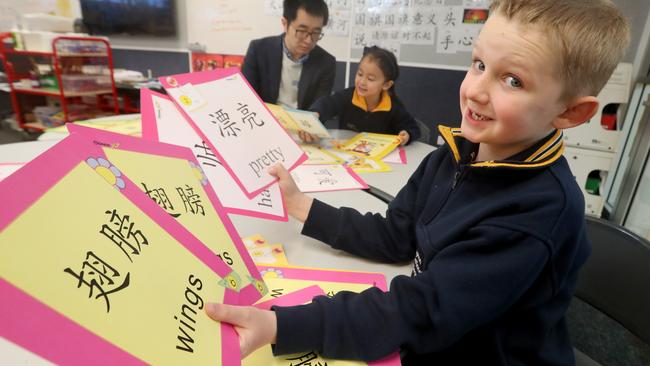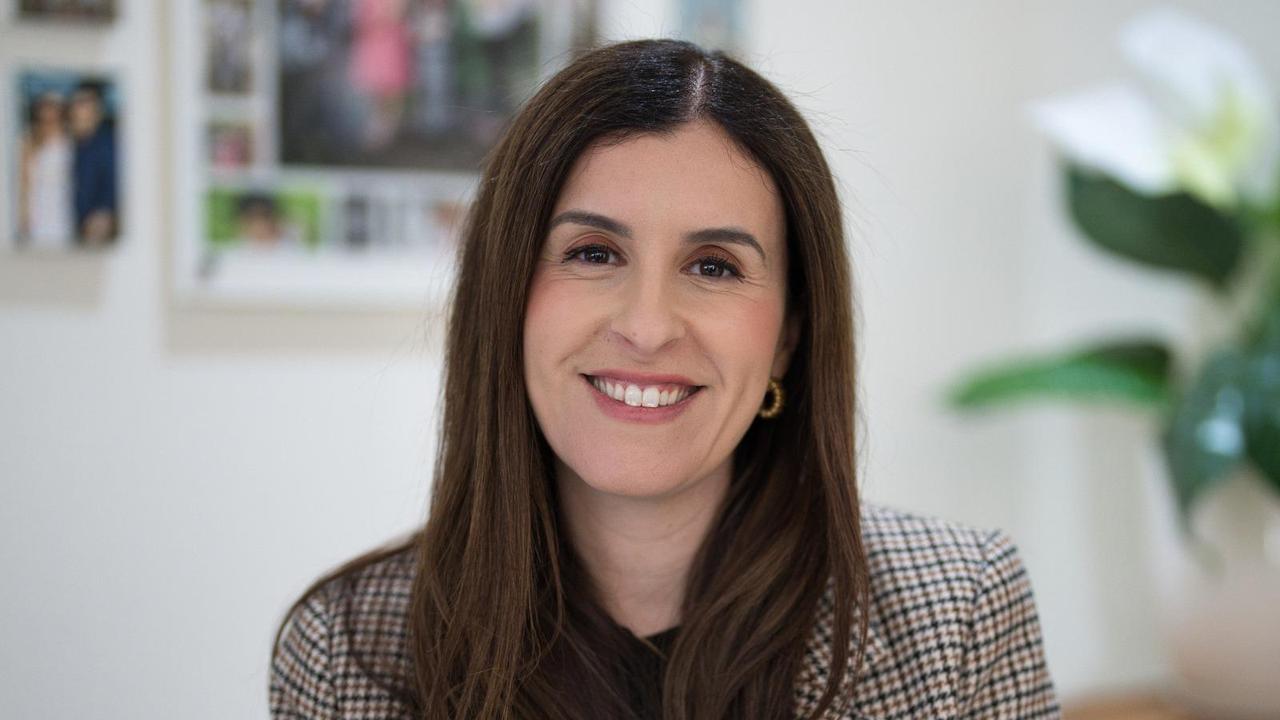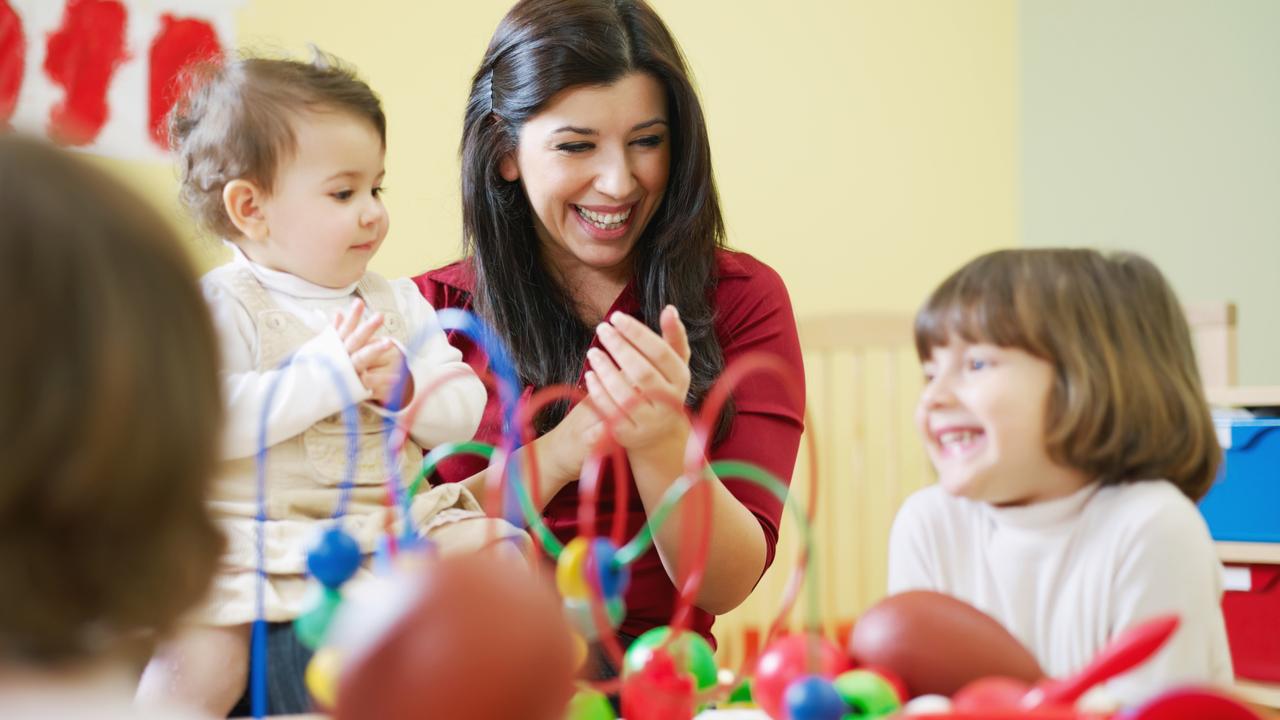Schools getting kids language-ready as China beckons
At an age when most children are tackling English basics, Adelaide students are getting their minds around Mandarin.

At an age when most children are tackling the basics of English, Adelaide students Americo Beecken and Meu Li Panteladis are also immersed in wrapping their minds around Mandarin.
Along with their classmates at Plympton International College, they are taught one lesson a day in Mandarin as they prepare for the state’s only Chinese bilingual program, rolled out from Year 3.
The leading language groups in Australia other than English are now Mandarin, with 598,000 speakers, rising by 52,000 a year, followed by Arabic, with 322,000 speakers, Bernard Salt writes in The Weekend Australian today.
But the study of languages at senior school levels still lags at a critical economic juncture.
While the number of students learning Chinese has doubled to 172,832 students or 4.7 per cent of all enrolments since 2008, the number of Year 12 students from non-Chinese backgrounds tackling the subject has steadily decreased over this time, according to a report last year by the Australia-China Relations Institute at the University of Technology Sydney.
Kathe Kirby, the director of the Asia Education Foundation at Melbourne University’s Asialink, argues that more needs to be done to encourage the study of Asian languages, with some states more committed than others.
In Year 12 nationally, she says, “fewer than 6 per cent of Australian school students are studying an Asian language, and only about 11 per cent of our students are studying any language in Year 12’’.
“In the globalised world … globalised languages are going to become one of the currencies of the new world order,’’ Ms Kirby says.
Victoria is leading the pack in teaching languages, and its state schools have experienced an explosion in the numbers learning Chinese since 2010, particularly at the primary level. Last year, Mandarin was the second-most studied language behind Italian.
The state has also lifted the numbers studying Chinese at senior level, with 3027 Year 12 students taking the subject last year.
In NSW, 849 students took Chinese last year.
As South Australia recalibrates and modernises its economy, the state is moving to strengthen its language studies. “Where South Australia has greater ambition than we’re currently achieving, is getting our students to continue a language through to the end of Year 12,’’ Education Minister Susan Close said.
“It is strategically important that our students understand that we are international citizens and … international competitors and if South Australia is going to be successful as a trading state, we’re going to need people who are able to deal across cultures and across languages.’’
China is the state’s largest trading partner and the French are building the next fleet of Australian submarines.
South Australia has the Chinese bilingual school at Plympton and a French bilingual school.



